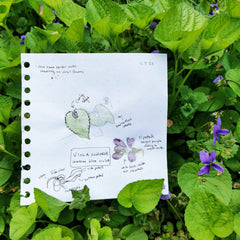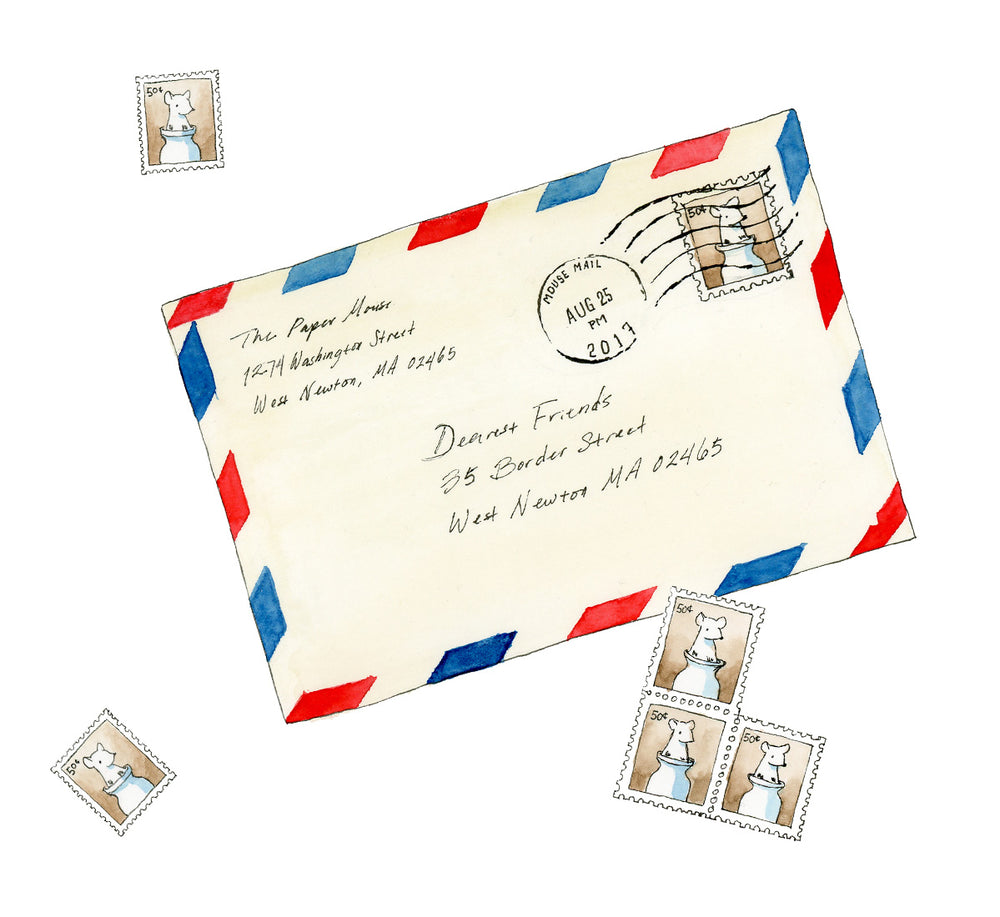Keeping a Nature Journal
We all see nature around us every day, but when’s the last time we really looked at it? Nature is full of subtle but constant changes that can teach us a lot about our place in the world, if we know how to listen. Keeping a nature journal helps us learn how.

What is a nature journal?
Why keep a nature journal?
Botanists, biologists, and other scientists keep nature journals to study plants and animals. Gardeners keep garden journals for observing plant growth and insect activity in their gardens. Artists keep nature journals to study the changing faces of the natural world.
But you don’t have to be a scientist, gardener, or artist to keep a nature journal. At its heart, nature journaling is an observation practice that lets us pay closer attention to the world we live in. It can be a way to answer scientific questions or to soak in the beauty and resilience of plants, to look for patterns or to practice sitting still and mindfully looking and listening. It encourages us to connect with the world we’re all part of.
What to put in a nature journal
Nature journaling is all about close observation: paying attention to what you see, hear, smell, and feel, and recording it. Use your senses. What do bird calls sound like? What do plants smell like? What does tree bark feel like?
-
 Visual information: Nature journals often include drawings and sketches, which help us look closely at what we see in nature. You don’t have to be an artist to sketch what you observe in your journal. Even the roughest sketch will help you record visual information: How many buds does that tree branch have? Are the edges of the leaves smooth or saw-toothed? You can also use photographs and leaf rubbings to help you record what you see.
Visual information: Nature journals often include drawings and sketches, which help us look closely at what we see in nature. You don’t have to be an artist to sketch what you observe in your journal. Even the roughest sketch will help you record visual information: How many buds does that tree branch have? Are the edges of the leaves smooth or saw-toothed? You can also use photographs and leaf rubbings to help you record what you see.
- Written information: Notes are just as important as visuals in a nature journal. What time of day did you see an owl? What bird calls did you recognize as you sat outside, and what did the unfamiliar ones sound like? (Maybe you can look them up later.) Describe the flight pattern of a bee moving from flower to flower. The more you notice, the more you engage your curiosity.
- Tracking patterns: Nature journals are a great place to focus on specific plants, animals, or weather patterns we’re interested in. Curious about the weather or the sky? Keep a chart to record the temperature each day, draw the constellations, note rainfall, or record the phases of the moon. Curious about birds? Record bird calls, bird sightings, and bird behaviors to learn about migratory patterns, nesting times, food sources, and more. Curious about trees? Pick a favorite tree and observe how it changes during the year.
The subjects in your nature journal can be as narrow or broad as you like. Use your journal to pay close attention to something that interests you, or keep it general, carrying it with you to record what you see when you head out to enjoy the outdoors.
What materials to use for your nature journal
The notebook and tools you use for your nature journal will depend largely on personal preference, but there are a few things to keep in mind:
-
Do you lean toward drawing or writing as a means of observation? If drawing is your primary method, you may want to use a sketchbook with blank paper that will let you use your favorite drawing materials (pencils, colored pencils, watercolor, pen). If you prefer writing, a lined or grid notebook may be handier.

- Consider your surroundings. You’ll be using this nature journal, well, in nature! Nature journals are somewhat likely to get banged up, jostled, dirtied, and wet from travel and the elements. A hardcover notebook can help protect your pages and also provides a stiff surface when you don’t have a desk to write on. A waterproof journal can also be handy for nature journaling.
- Travel light! It’s easier to get started if you don’t have to collect too many tools. Keep a pencil case ready to go with a few favorites, so you can toss it in your bag when you head outside. You can always add to your journal entry when you get home.



Leave a comment